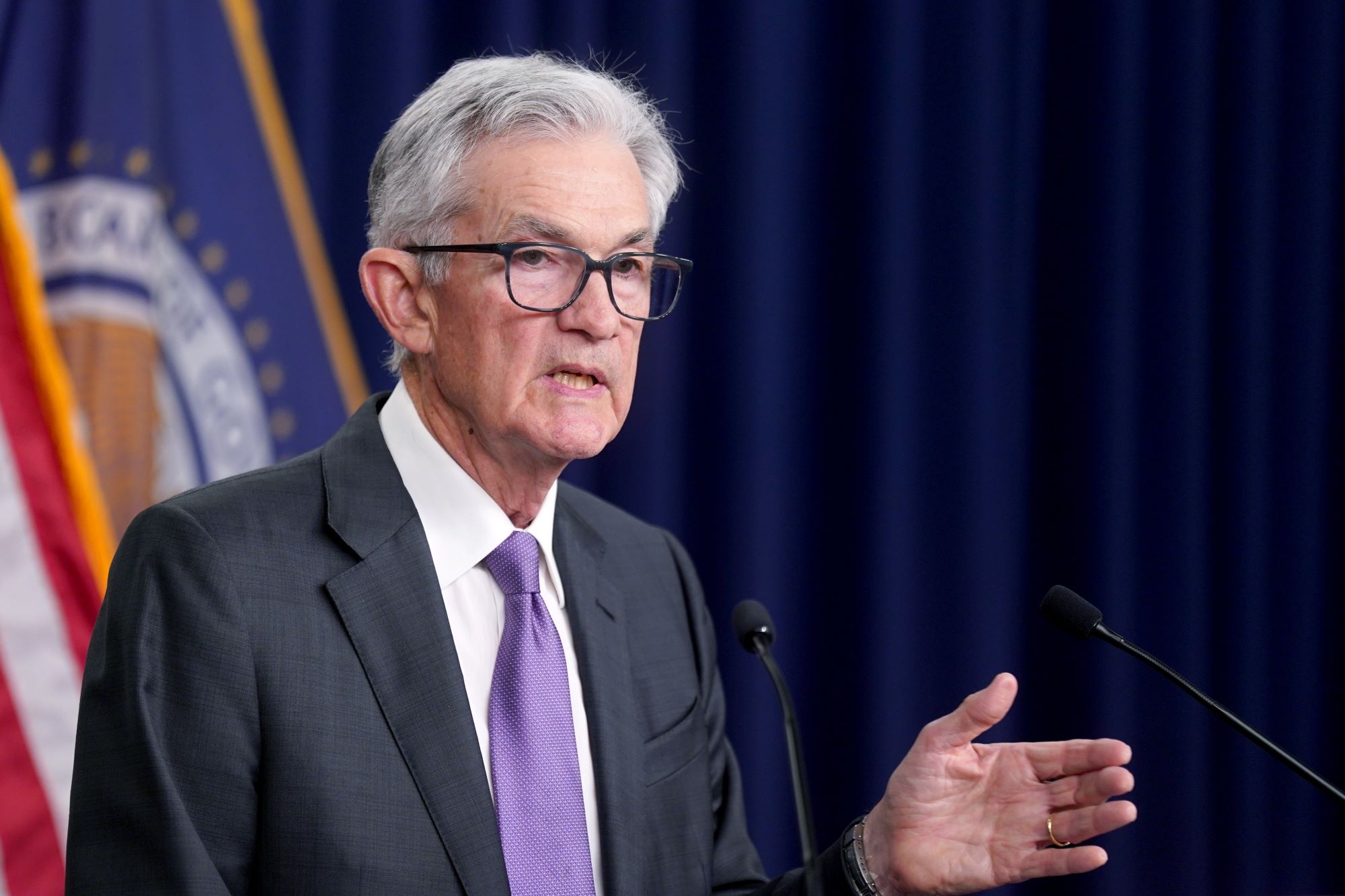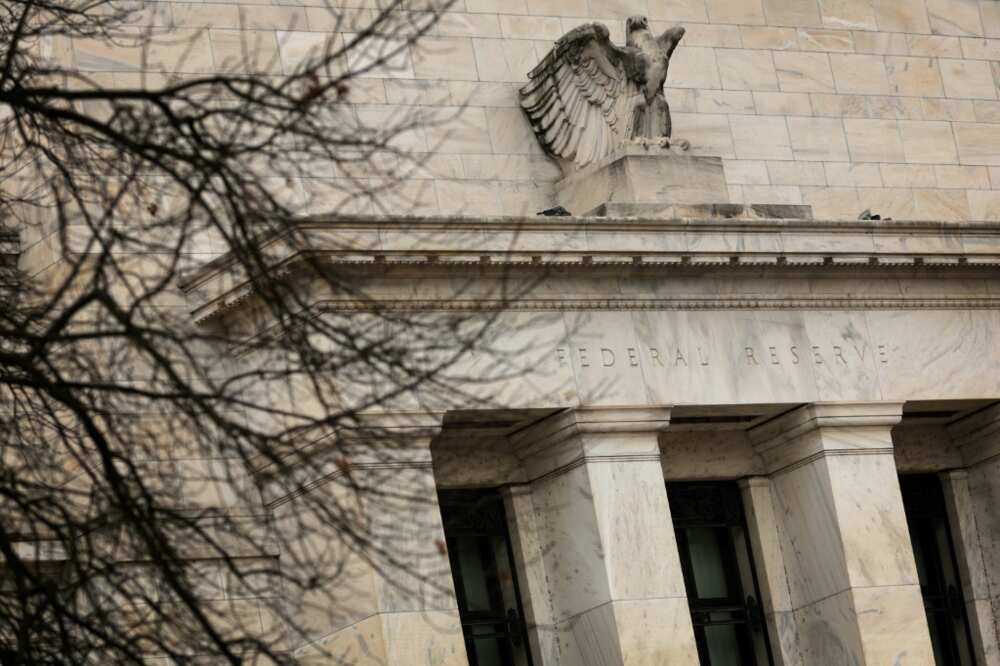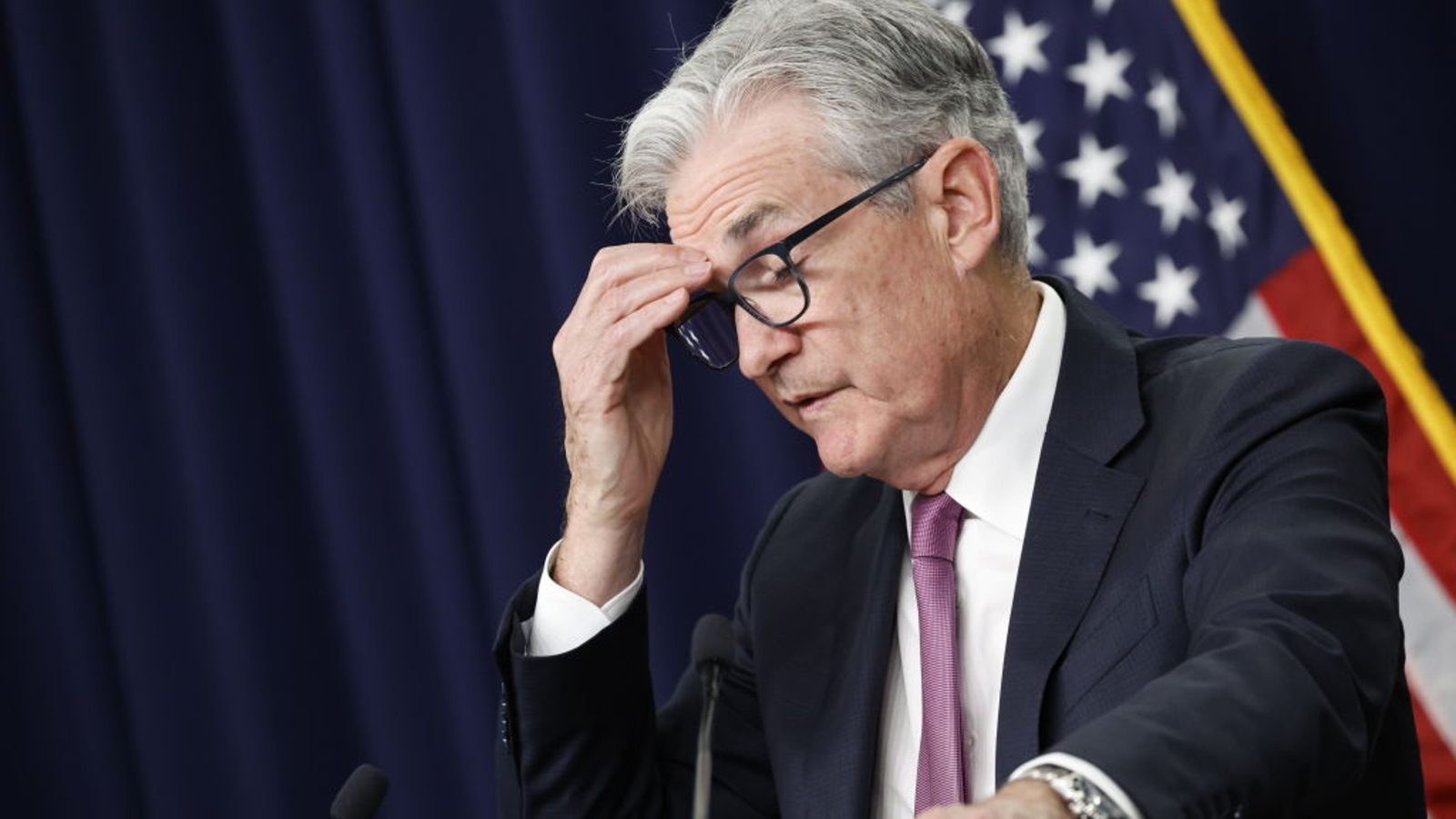On Wednesday, the Federal Reserve opted to maintain interest rates at their current levels and reiterated its intention to keep rates stable, citing a lack of substantial progress in inflation reaching its targeted 2%.
Following its two-day policy meeting, the central bank voted to retain its benchmark interest rate within the range of 5.25%-5.50%, a level it has held steady at since July 2023, marking a 23-year high.
In a policy statement, Fed officials acknowledged, “In recent months, there has been a lack of further progress towards the committee’s 2% inflation objective.” They emphasized the need for a clearer trajectory in inflation returning to target before considering rate adjustments.
“The Committee does not expect it will be appropriate to reduce the target range until it has gained greater confidence that inflation is moving sustainably toward 2 percent,” the statement affirmed.

Fed Chair Jerome Powell had previously indicated in a March press conference that rate cuts could be warranted “at some point” this year.
In its latest statement, the Fed noted that “risks to achieving its employment and inflation goals have moved toward better balance over the past year,” characterizing the economic outlook as “uncertain.”
While Fed officials had suggested in March that three rate cuts of 0.25% each might be warranted this year, Powell remarked in a subsequent press conference on Wednesday that “it is unlikely the next policy move will be a hike.”
However, he refrained from confirming whether three rate cuts, as previously estimated by Fed officials in March, were still anticipated for 2024. Instead, he reiterated that it will take longer than anticipated for the Fed to gain confidence in inflation sustainably moving down to 2%.

“I don’t know how long it will take,” Powell acknowledged but emphasized that rate cuts would be considered once the Fed is confident about inflation reaching its target.
Powell also outlined that the Fed’s monetary policy is flexible enough to adapt to various economic scenarios, suggesting that if inflation remains persistent and the labor market robust, holding off on rate cuts would be appropriate.
Conversely, if inflation were to decrease sustainably to 2% or if unexpected weakness were observed in the labor market, such circumstances could warrant rate reductions.







Leave a Reply